Processing Pregnant Solution from Gold Leaching via Merrill Crowe
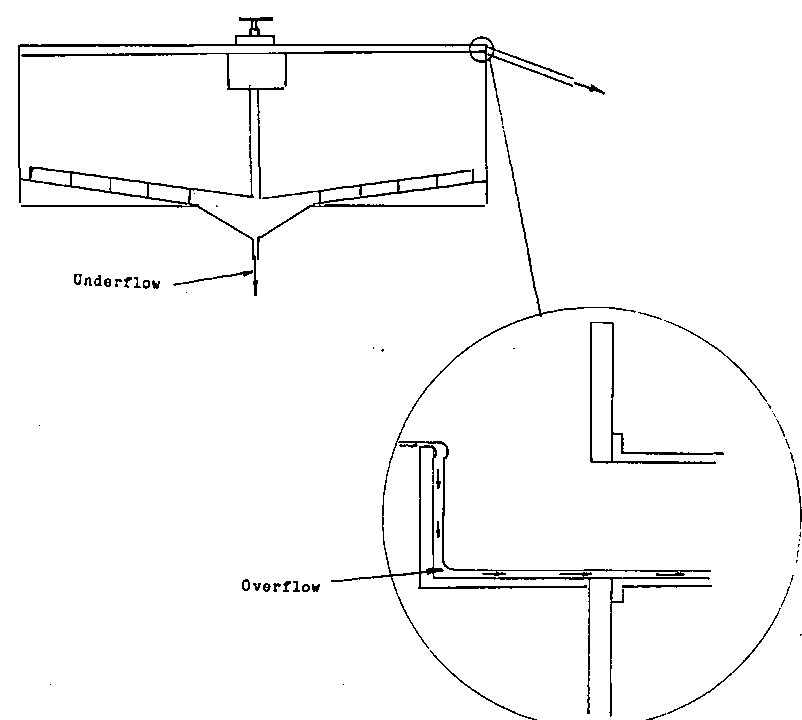
In processing gold, once it is completely dissolved the solution that is formed by that dissolved gold is called the ‘PREG’ or short for PREGNANT SOLUTION. In other words solution that is full of gold and is accordingly yellow in shade/colour. The solids are now considered the waste and the liquid is the concentrate. To […]
GOLD CYANIDE LEACHING PROCESS

The Cyanidation Process or CYANIDE LEACHING is ‘most notably used in the recovery of gold. Safety and environmental concerns are of prime importance in the operation of a cyanidation plant. As we get farther into this type of recovery you will see why. The preparation of the ore for processing is similar to flotation. The […]
Basic Flotation Circuit Design
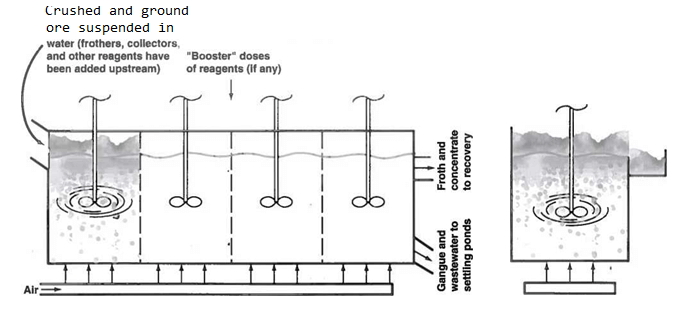
Let’s, proceed to Basic Flotation CIRCUIT DESIGN. To understand flotation it is necessary to learn some new terminology. To do this let’s look at a simple schematic of the circuit we were just working with. Let’s start with the CLASSIFIER OVERFLOW, once the classifier is finished with it enters the CONDITIONER TANK. This tank […]
Zn Assays: Compare 2 & 4 Acid Digestion
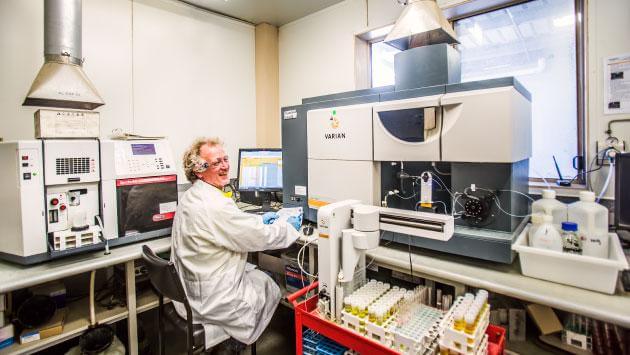
When doing a ICP assay, you can choose between 2 or 4 Acid Digestion. Here is the basic difference: 2-acid digestion is good for sulfide and carbonate material but does not digest the more resistant minerals such as unaltered silicates and some oxides. The 4-acid digestion is a near “total” digestion and will digest almost […]
Adjust Weir Gate Level on Flotation Cell/Bank

If we examine the froth column of this bank of cells you will notice that the column becomes SHALLOWER from cell to cell. This is to capture the particles that are lightly mineralized, and is floating very low in the froth. The last cell will have the shallowest froth column, in fact in many cases, the […]
Flotation Cell/Bank Sand Port

In every cell there is the need to allow the SANDS to escape. The sands are the particles that didn’t become ground fine enough. NO matter how efficient the classifier is it will not be one hundred percent effective. There will always be aware factor, where in the circuit that the cell is, and operator […]
Adjusting Pulp and Air Levels to get good Froth Movement
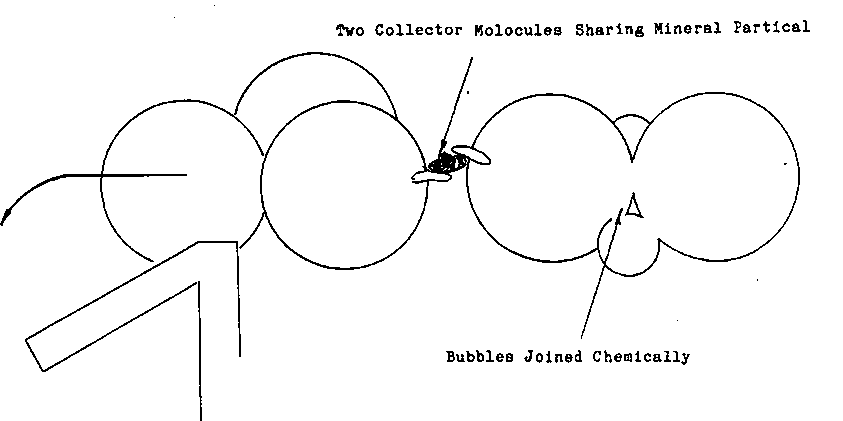
Any time that you have an overloaded froth condition the OVERFLOW that is going over the side of the cell will slow down as the froth column begins to collapse under the weight of the mineral. The first corrective reaction is to raise the pulp level or add air to the cells to quickly increase […]
Optimum Flotation Reagent Addition Rate (Dosage)
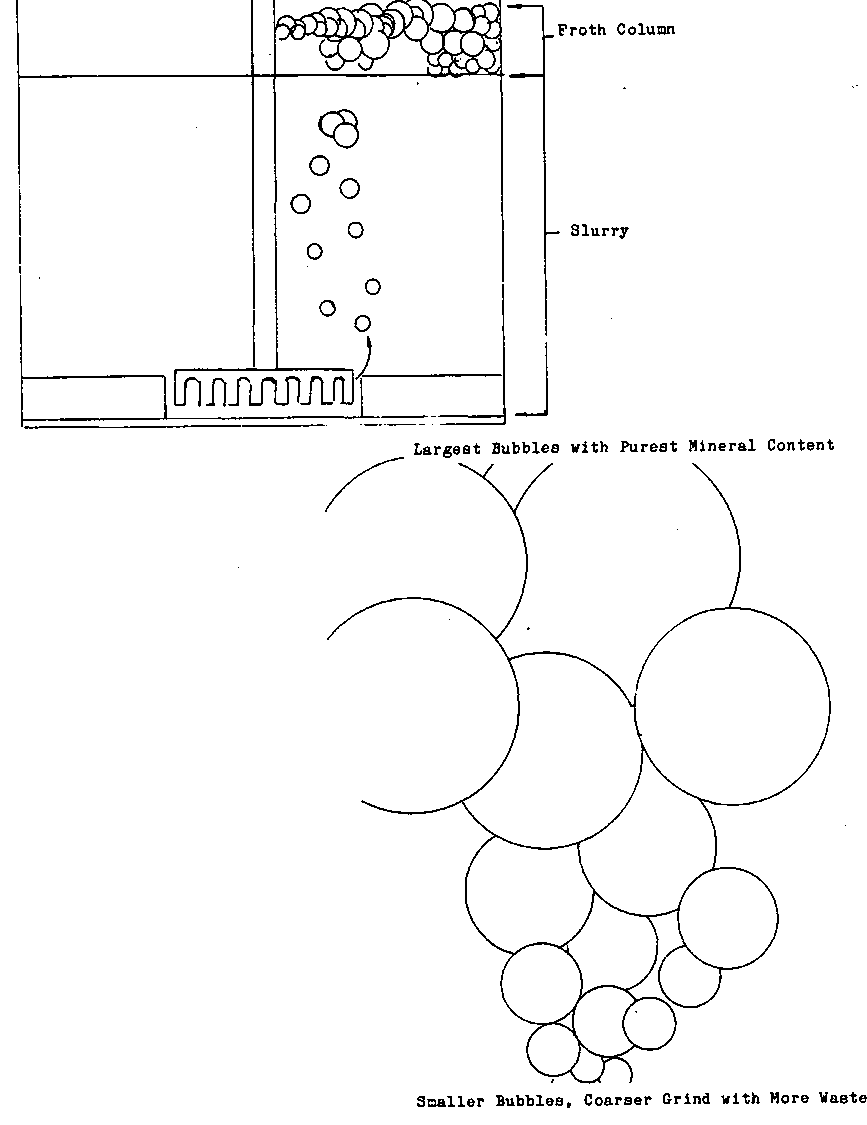
By now you are aware of the importance of the effect that the reagents have on single bubbles. Now we will begin to show you how the bubbles effect each other. In the cell the air, the reagents, the mineral and the impellor agitation all combine to create what is known as a FROTH COLUMN. […]
Flotation Frother Dosage

Now for the FROTHER, if there is TOO LITTLE frother the bubbles will become small and the speed of the overflow will be slow. If this condition continues the speed will become slower and slower as the collector overloads the bubble. Soon the froth won’t move at all. The colour will remain correct. On the […]
Flotation Collector Dosage – Collection of Froth

What happens when there is too much flotation collector, how do you know and how can to estimate? The bubble will react as if there is too little depressant. Froth bubbles will get smaller and closer together, but the unlike the depressant it won’t cause the mineral to fall off of the bubble due to overloading. […]
